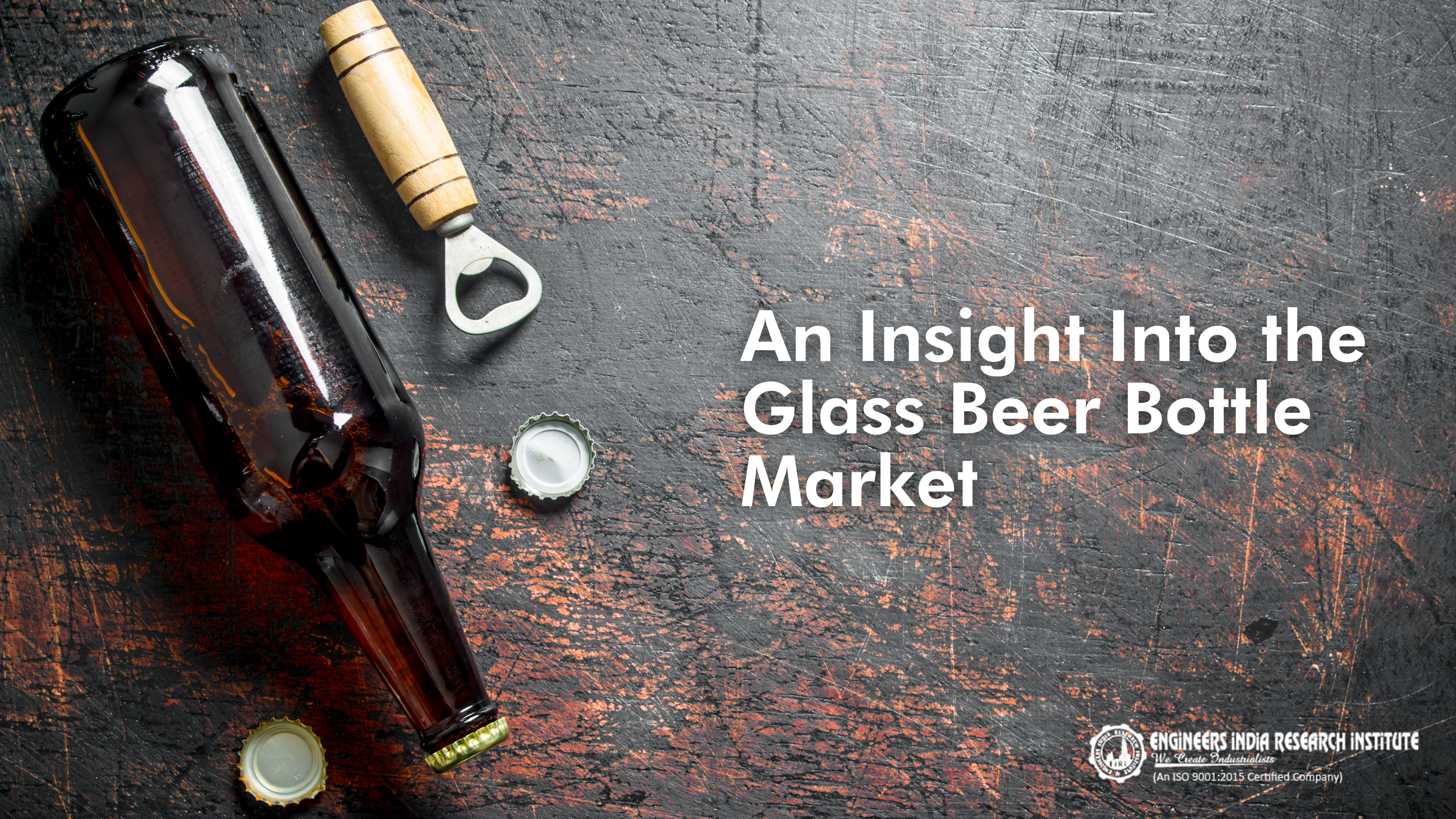Glass Bottle for Beer: Market Research, Forecast, and Opportunities
The beverage industry in India is of gargantuan proportions — thanks to evolving tastes and preferences, the industry has witnessed consistent growth.
While tea and coffee remain the most common beverages in the country, it hasn’t put breaks to the rise of the alcoholic beverage sector. The cultural and lifestyle evolution in India has contributed to the growth of this industry.
The Indian alcohol beverage industry, on segmentation, is dominated by beer. In terms of both volume and value, the beer industry in India is unrivalled. Research by Goldstein market intelligence estimated the Indian beer market to grow at an unprecedented rate of 10.9%. With the growth rate being extrapolated till 2030, new players in the market are a certainty.
Introduction
The Indian beer industry is ripe for growth and disruption. The industry is largely fragmented. Hence, the number of players is bound to increase with the development and growth of the industry.
The extent of the beer industry is vast. Hence, its growth shall undeniably have an impact on specific markets. One of the product markets that is bound to see unparalleled growth is the glass bottle. With no shortage of glass, its use for packaging of beverage bottles is growing in volume.
Glass Properties
Certain intrinsic properties of glass facilitate it to be the best option for beer packaging. They are:
Chemically inert
Glass is chemically inert, meaning it does not react with chemicals. This ensures the beer stays fresh for a longer time.
Impermeable
This property of glass restricts any movement of vapor or moisture. Complete protection from external elements is secured with glass packaging.
Flexibility
Glass bottles are preferred for beer packaging for aesthetic purposes. These purposes are served by glass’s property to be designed and made in a variety of shapes and sizes.
Recyclable
In terms of eco-friendliness, glass offers notable advantages. With no shelf-life restrictions, glass does not contribute to waste after usage. Even upon recycling, glass retains its integrity and tensile strength.
These properties do not only ensure glass to be the preferred option for beer packaging. It also provides enough surety for businesses to manufacture glass bottles for the packaging of beer.
Also, businesses can further benefit by investing in recycling infrastructure for the glass bottles. This reduces the manufacturing costs for the business. On environmental lines, this helps in limiting the carbon footprint in the manufacturing process.
Market Research and Future demand
Glass bottles’ utility as a packaging material for beer is well-known. Lifestyle changes, better purchasing power are on display as the beverage industry grows in India.
The prospective demand for beer is reported to increase by multi-fold annually. Certain governmental bans on plastic are further fuelling the demand for glass bottles for the packaging of beverages.
Adding on, the growing awareness amongst the public against plastic use shall only boost the demand for glass bottles.
The growth in the container glass market in India is evident. From 2020 through 2025, it is estimated to record annual growth of 6.8%.
This aforementioned report suggests a 10.9% annual growth for the Indian beer market.
Taking all these numbers into account, the upsurge in demand for glass bottles is unequivocal.
Drivers of the market
For every firm venturing into the market of glass bottle manufacturing, it is imperative to know the drivers of the market. Other than the demand for the beer itself, the following are the essential factors that drive growth.
1. Influence of Internet and Social Media
The increase in beer consumption coincides with the gradual lifestyle changes in India. All these changes are a direct influence of the internet and social media. Today’s Indian youth embrace the cultural diversities of different nations.
The internet and social media allow everyone to know the latest elements of glass bottle packaging. This ensures the room for improvement and evolution is always huge in this market space.
2. Easy Availability of Raw Materials
The process of manufacturing glass bottles is largely generic. It incorporates the usage of nearly 12 – 13 raw materials during the process. Most of them are easily available and inexpensive, easing the scalability facet of this industry.
3. The Inflow of Foreign Capital
The mentioned two factors have culminated to form this factor of foreign investment in the Indian glass bottle industry. The ease of access to raw materials and growing consumer base makes India a perfect market for manufacturers.
The fragmented nature of the industry is a boon for new day firms entering the market. Foreign investors are also favouring these firms.
Conclusion
The growing urbanization, coupled with the evolving middle class in India, is an important factor for the growth in demand. Glass, as a whole, is an ideal solution for various packaging concerns. Leveraging this opens the door for bringing out the tremendous potential for new firms to benefit from.




